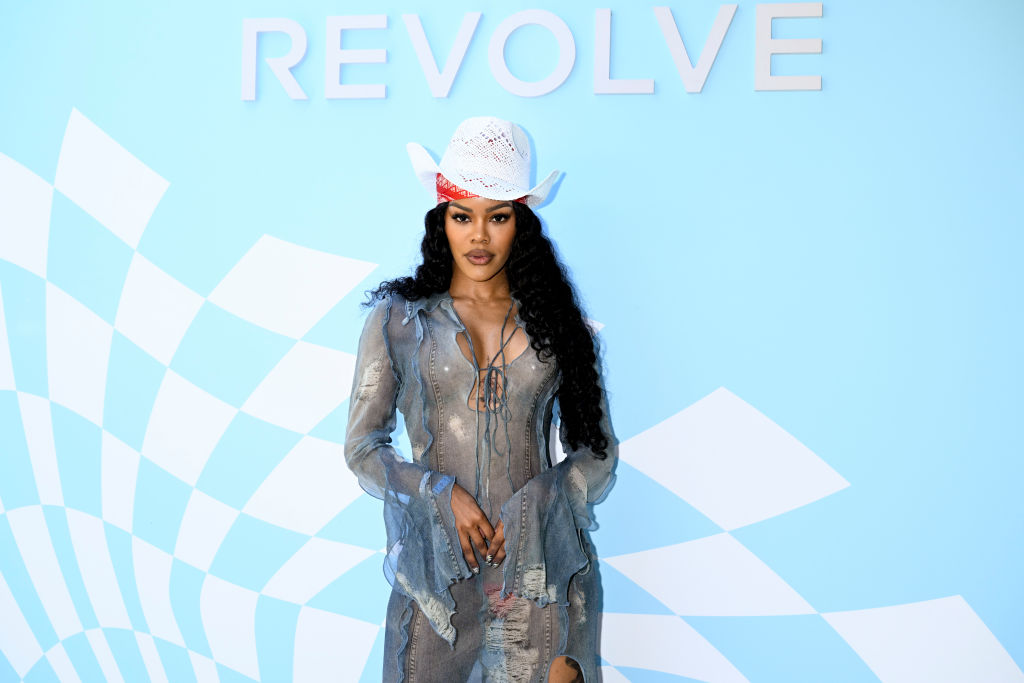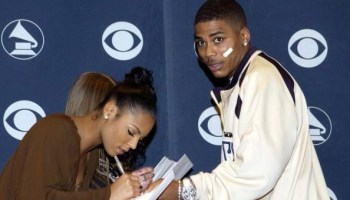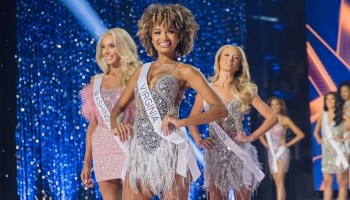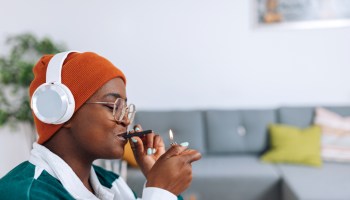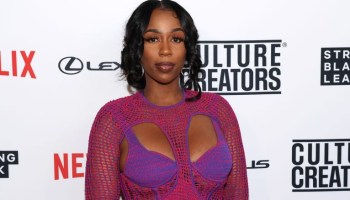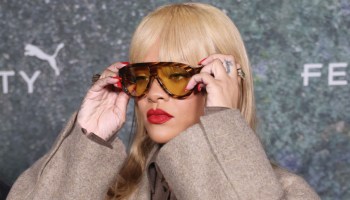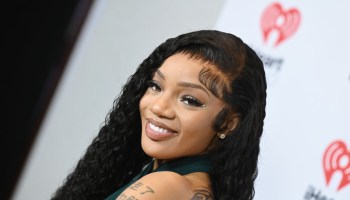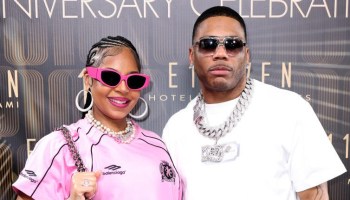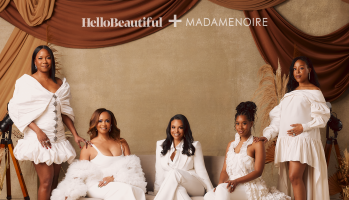Music can be considered the soul of protest.
Black liberation movements have long relied on music to inspire, to heal, to motivate, and to challenge the status quo while adding to the richness of Black culture. Artists have historically used their gifts as vehicles for change — from Nina Simone who famously declared it was an artist’s duty to reflect the times, to Kendrick Lamar’s revolutionary love story “Alright.”
And though separated by space and time, it’s this music that brings together two generations of activists fighting for the same basic human rights.
Fifty years after Bobby Seale and Huey P. Newton founded the Black Panther Party for Self Defense, Americans still grapple with understanding the revolutionary group created to dismantle state-sanctioned violence, combat systemic racism, and serve the community through numerous social programs. But much like the current Black liberation movement Black Lives Matter — founded by Patrisse Cullors, Opal Tometi, and Alicia Garza — the Panthers’ complicated history is often misunderstood.
But it’s the music of these two revolutions that both provide insight and serve as an archival record of the history of Black struggle and joy.
Larry Fellows III — an organizer from St. Louis, Mo. who served as the first Young Leader Fellow with Amnesty International USA in 2015 — and Sekou Odinga — a former member of the Black Panther Party and member of the Panther 21 who later spent 33 years behind bars as a political prisoner — discuss revolution music and how deeply woven art is in the tapestry of resistance.
“I think music is a part of Black people’s lives, throughout history, our history in the States…The Panthers definitely had music. Music was a big part of our day,” Odinga said referencing Simone, Curtis Mayfield, and others who inspired his movement.
“I listen to a lot of Marvin [Gaye], Donny Hathaway, a lot of Nina protesting…there are a lot of records that I listen to that…it’s so frustrating because it’s still reflecting what is happening right now,” Fellows said.
In honor of Black History Month, watch the second installment of “Bridging The Gap,” a series that honors the Black liberation movements of the past and present while building a bridge that will better help us understand how to propel what has become the largest Black liberation movement in recent years forward.
PHOTO CREDIT: Asia Feliciano/NewsOne, Getty
SEE ALSO:
Bridging The Gap – The Intersection Between Black Lives Matter & The Black Panther Party
The Best Reactions To ‘The Black Panthers: Vanguard Of The Revolution’
10 Things We Learned About The Black Panther Party From ‘Vanguard Of The Revolution’
Bridging The Gap – Revolution Music Then & Now was originally published on newsone.com
